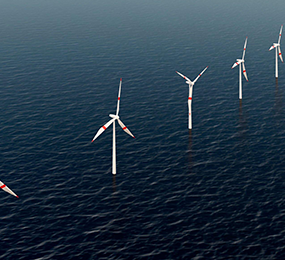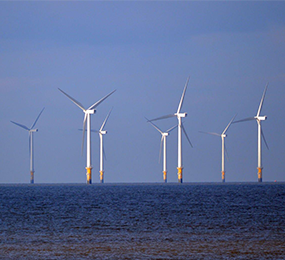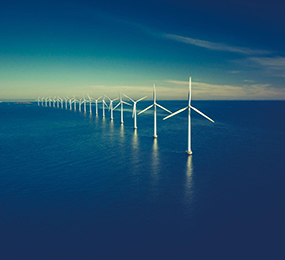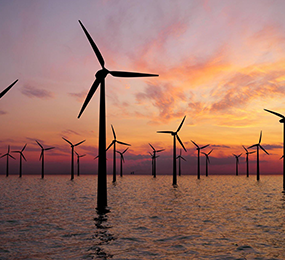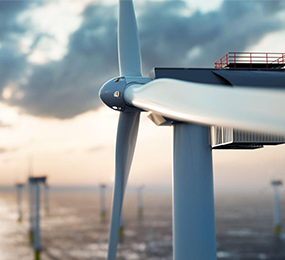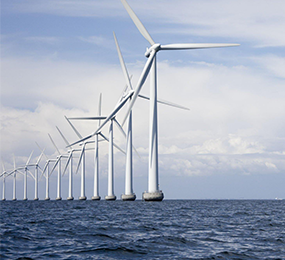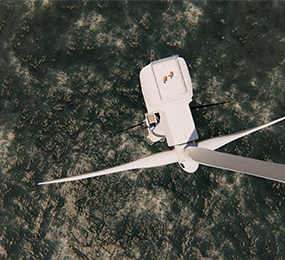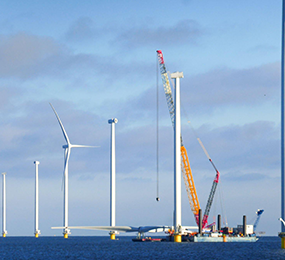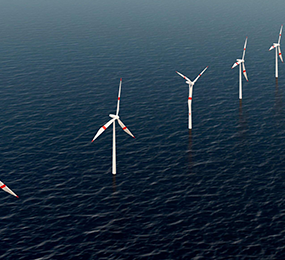What Makes Floating Offshore Wind Farms Bankable?
First and foremost, are we certain that the pioneering spread of floating offshore wind is all that novel? Floating platforms have been used in the oil and gas industry for decades, and adapting them to a mature offshore wind business might be considered as part of the industry's natural incremental evolution.
How can a floating offshore wind plant be made financially viable?
Although its proximity to the fixed offshore wind market is clear, the explanation is that the financial community today views floating technology as more than just a development inside an existing sector. As a result, structuring a project to generate non-recourse loans for the first floating offshore wind projects must be done in such a way that banks feel comfortable unlocking a whole new industry in the face of "unknown unknowns."
This means that, in addition to the standard bank requirements for offshore wind, developers must carefully examine the following structure features:
1. General - keep it simple: raising project finance for the first floating projects is a major ask, and projects must balance novelty with a strong proposal that includes strong sponsors, an experienced supply chain, low country sovereign risk, a skilled project team and proven turbine technology, and limited or no revenue risk.
2. Technical - choose a proven technology: Lenders will choose the most proven technologies, with prototypes already in the water and created by trustworthy counterparties. Despite IP issues, a special emphasis will be placed on the openness offered to the lenders' technical adviser throughout the technological examination. Data from existing prototypes should be available from developers and technology vendors. This will apply to all facets of technological innovation, not only the floating basis (mooring, dynamic cables, and perhaps boats).
3. Contractual - aim for a healthy framework with no loopholes: contracts must be especially protective.
- It is preferable to have a small number of building contracts (2 to 6).
– From the time of financial close, full-scope, fixed-price, long-term O&M contracts must be in place.
– The terms and amounts of liquidated damages and assurances must be quite high.
– The interface risk will be examined, with a particular emphasis on any residual gap between the foundation and turbine contracts.
– The floating manufacturer's commitment to ensuring valid production circumstances for the turbine (inclination, etc.) will be closely scrutinized.
4. Financial - optimize: the overall finance structure should not be overly aggressive. Ample contingency budgets will be necessary to cover for cost overruns or heavier-than-expected maintenance, as well as standard reserve accounts and conservative debt size ratios.
5. Insurance - don't forget about the other risk takers: although a risk analysis identical to that performed by lenders, the insurance market is generally autonomous, yet necessary. A few highly specialized insurance consultants who have played a significant role in making offshore wind insurable can now teach insurance parties about floating, and projects should incorporate them as soon as possible.
What is the current state of the debt and equities markets?
On the lender side, the EIB, a few ECAs, and a few commercial banks have already secured limited credit committee permissions to lend to the appropriate floating asset. Some initiatives will fail to meet the "bankability" threshold. Other projects with a framework that adheres to the aforementioned suggestions will attract these lenders and others.
Those will be funded at relatively favorable terms: long term tenor, 60-70% debt-to-equity ratio, and 2% margin.
The future of floating seems bright, but one would worry that the disparity between the little funds presently available for the finest projects and the tens of gigatons to be financed will provide a bottleneck. On the contrary, we expect that the first pool of lenders will grow in tandem with the sector's development, as feedback from the first transactions separates baseless concerns from genuine issues.
Visit our website to know more: https://bit.ly/3WI81v2
For more information and group participation, contact us: [email protected]
Leadvent Group - Industry Leading Events for Business Leaders!


